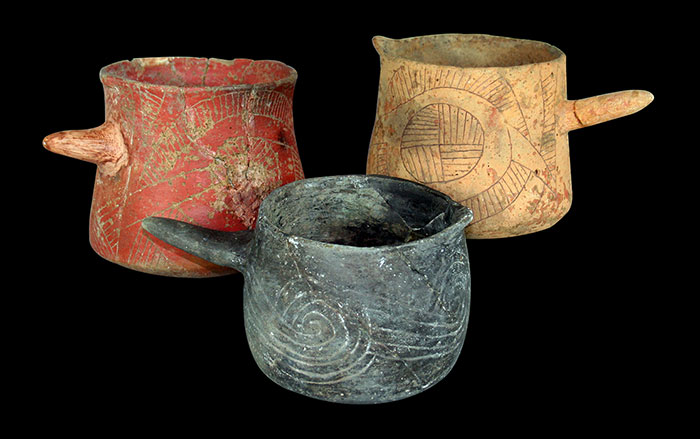LLEIDA, SPAIN—While excavating a necropolis at the site of La Fogonussa in Spain, archaeologists have found the 1,600-year-old skeleton of a Roman woman who had an ovarian teratoma, the first to be recorded in the ancient world. Such benign tumors originate from germ cells, which normally become human eggs and so can form other body parts. This particular tumor had calcified in her pelvis and contained bone and four deformed teeth. “We suppose that, at least during a long part of her life, she was completely unaware of this tumor. Depending on the eventual complications, she could have suffered, but there is no evidence of this,” read a statement by researcher Núria Armentano.
Rare Tumor Discovered in 1,600-Year-Old Woman’s Skeleton
News January 22, 2013
Recommended Articles
Off the Grid January/February 2026
Prophetstown, Indiana

Letter from France January/February 2026
Neolithic Cultural Revolution
How farmers came together to build Europe’s most grandiose funerary monuments some 7,000 years ago

Features January/February 2026
The Cost of Doing Business
Piecing together the Roman empire’s longest known inscription—a peculiarly precise inventory of prices

Features January/February 2026
The Birds of Amarna
An Egyptian princess seeks sanctuary in her private palace

-
Features November/December 2012
Zeugma After the Flood
New excavations continue to tell the story of an ancient city at the crossroads between east and west
 (Hasan Yelken/Images & Stories)
(Hasan Yelken/Images & Stories) -
Letter from India November/December 2012
Living Heritage at Risk
Searching for a new approach to development, tourism, and local needs at the grand medieval city of Hampi
 (Gethin Chamberlain)
(Gethin Chamberlain) -
Artifacts November/December 2012
Beaker Vessels
Ceramic beakers were the vessels of choice for the so-called “Black Drink” used at Cahokia by Native Americans in their purification rituals
 (Linda Alexander, photographer, use with permission of the Illinois State Archaeological Society)
(Linda Alexander, photographer, use with permission of the Illinois State Archaeological Society) -
Digs & Discoveries November/December 2012
The Desert and the Dead
 (Courtesy Bernardo Arriaza)
(Courtesy Bernardo Arriaza)


